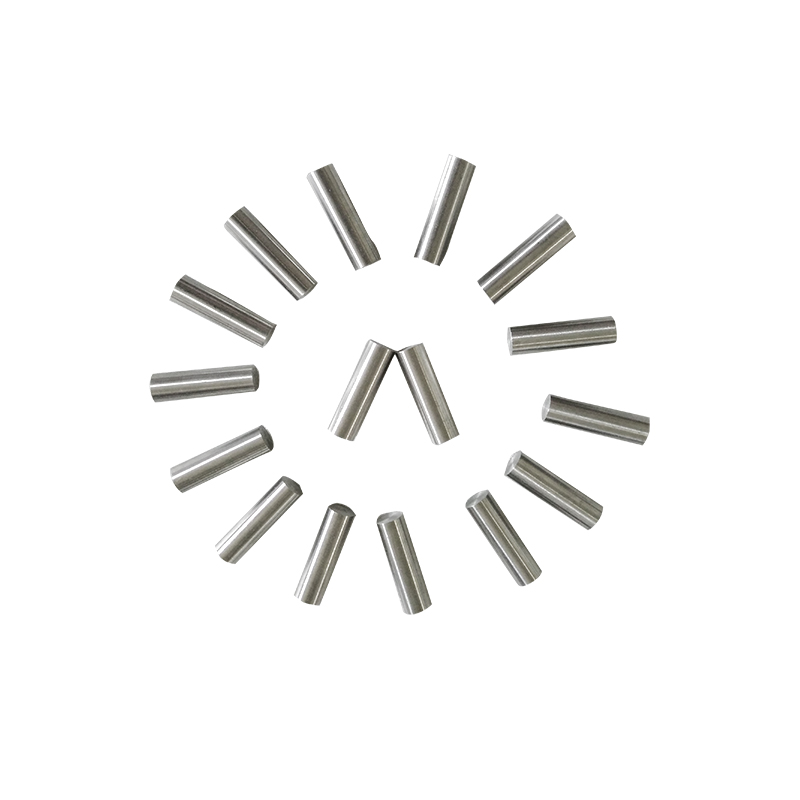In the world of advanced materials, tungsten alloy bars stand out as a critical component in various industries due to their exceptional properties. Composed primarily of tungsten with small amounts of other elements like nickel, iron, or copper, these bars offer a unique combination of strength, density, and durability. From aerospace engineering to medical applications, tungsten alloy bars play an indispensable role in modern technology and industrial processes.
These bars are typically produced through powder metallurgy—a process where tungsten powder is mixed with alloying elements, compacted under high pressure, and sintered at elevated temperatures to form a dense, uniform structure. The resulting material retains the desirable characteristics of tungsten while addressing its brittleness in pure form.
Key Properties of Tungsten Alloy Bars
High Density
With densities ranging from 17 to 19 grams per cubic centimeter, tungsten alloy bars are among the heaviest metallic materials available. This property makes them ideal for applications requiring significant mass in a compact space, such as counterweights and radiation shielding.
Excellent Strength and Hardness
Tungsten alloys exhibit remarkable tensile strength and hardness, enabling them to withstand extreme conditions without deforming. This makes them suitable for use in environments subject to high stress, pressure, or wear.
Superior Heat Resistance
Tungsten has the highest melting point of all metals (3,422°C), making tungsten alloy bars exceptionally resistant to heat. They maintain their structural integrity even at elevated temperatures, which is crucial for aerospace, defense, and manufacturing applications.
Radiation Shielding Capability
Due to their high density and ability to absorb gamma rays and X-rays, tungsten alloy bars are widely used in medical imaging equipment and nuclear facilities for radiation protection.

Corrosion Resistance
When properly alloyed, tungsten bars resist corrosion better than many other metals, ensuring longevity in harsh environments.
Applications of Tungsten Alloy Bars
The versatility of tungsten alloy bars allows them to be utilized across diverse fields:
Aerospace and Defense
In aerospace engineering, tungsten alloy bars are used in gyroscopes, balance weights, and missile components due to their high density and stability. Their ability to endure extreme forces also makes them valuable in military armaments and armor-piercing projectiles.
Medical Industry
Tungsten's radiation-absorbing properties make it indispensable in medical devices. It is commonly used in collimators, shields, and syringe needles for radiology and cancer treatment equipment.
Automotive Sector
Tungsten alloy bars serve as counterweights in crankshafts, flywheels, and vibration-damping systems, enhancing vehicle performance and safety.
Industrial Machinery
These bars are employed in tooling, dies, and punches where wear resistance and toughness are required. Their durability ensures prolonged service life in heavy-duty machining operations.
Energy Sector
In nuclear power plants, tungsten alloy bars provide effective shielding against harmful radiation, protecting workers and sensitive equipment.
Sports and Leisure
Golf clubs, darts, and fishing sinkers often incorporate tungsten alloys because of their high density and weight concentration, improving precision and performance.
Advantages of Using Tungsten Alloy Bars
Compact Design : Their high density allows designers to create smaller, lighter products without sacrificing performance.
Reliability : Tungsten alloy bars can operate reliably in demanding environments, reducing maintenance costs and downtime.
Customizability : By adjusting the composition of the alloy, manufacturers can tailor the material’s properties to meet specific application requirements.
Eco-Friendly : Compared to hazardous alternatives like lead, tungsten alloys are non-toxic and environmentally friendly, aligning with global sustainability goals.
Challenges and Considerations
Despite their numerous advantages, tungsten alloy bars come with certain challenges:
Cost : The production of tungsten alloys involves complex processes, making them more expensive than conventional materials.
Machining Difficulty : While alloying improves machinability compared to pure tungsten, these bars still require specialized tools and techniques for shaping.
Brittleness : In some cases, tungsten alloys may exhibit limited ductility, necessitating careful handling during fabrication.
To address these issues, ongoing research focuses on optimizing alloy compositions and developing cost-effective manufacturing methods.
The Future of Tungsten Alloy Bars
As industries continue to push the boundaries of innovation, the demand for high-performance materials like tungsten alloy bars will only grow. Emerging technologies in renewable energy, electric vehicles, and advanced robotics are likely to drive further adoption of this versatile material. Additionally, advancements in additive manufacturing (3D printing) could unlock new possibilities for creating intricate tungsten alloy components with minimal waste.












